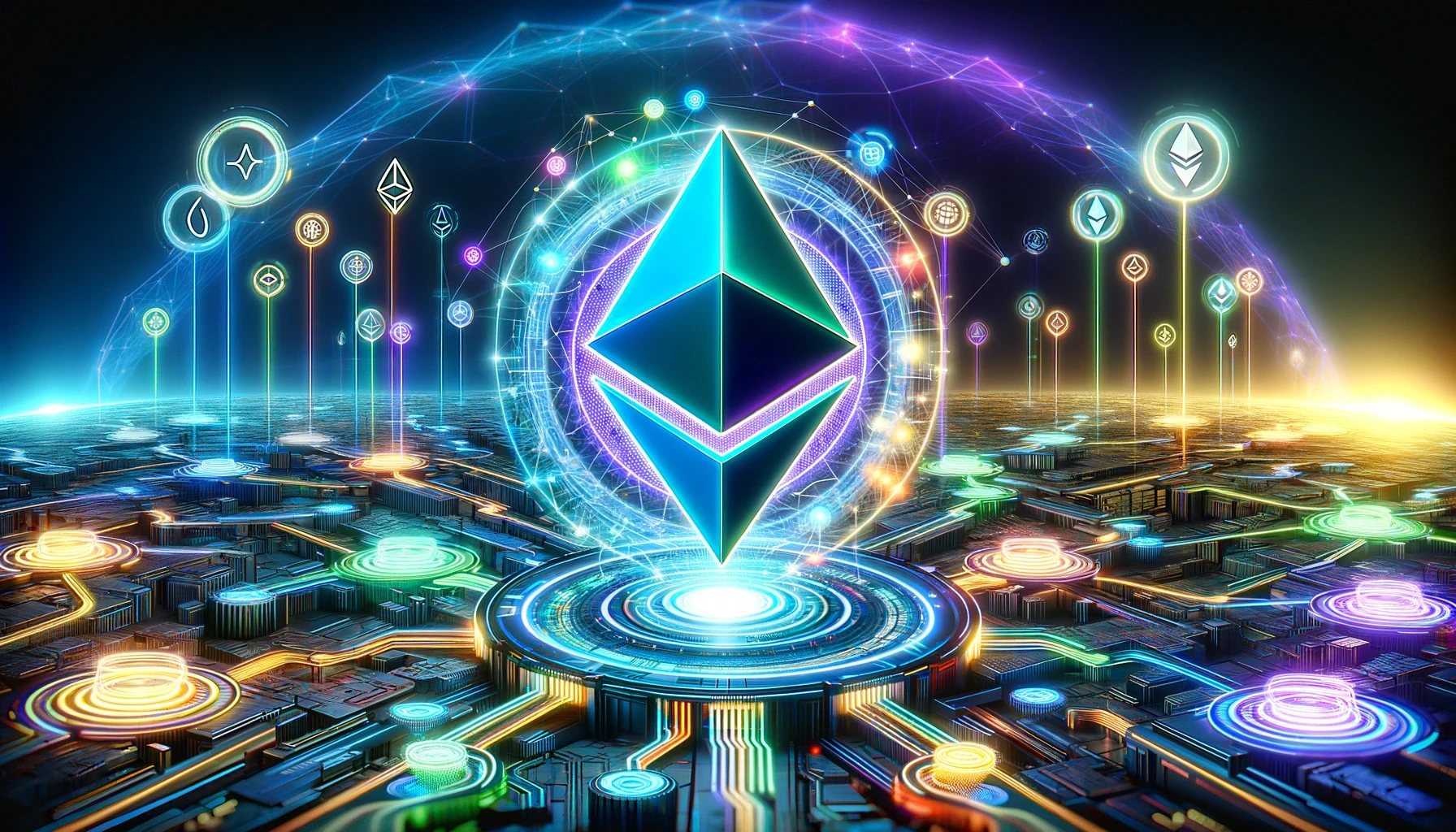What Is the Ethereum Merge?
The Ethereum Merge refers to the integration of Ethereum’s mainnet with the Beacon Chain, a proof-of-stake blockchain that has been running in parallel since December 2020. This upgrade eliminates the need for energy-intensive mining, replacing it with a more efficient and environmentally friendly staking mechanism.
Why Did Ethereum Need the Merge?
Energy Efficiency:
Proof-of-work mining consumes massive amounts of electricity. By switching to proof-of-stake, Ethereum reduces its energy consumption by over 99%, addressing one of the biggest criticisms of blockchain technology.Scalability:
The Merge is a stepping stone toward Ethereum 2.0, which aims to improve the network’s scalability and transaction speed through solutions like sharding.Sustainability:
With growing concerns about climate change, the Merge positions Ethereum as a leader in sustainable blockchain technology.
How Does Proof-of-Stake Work?
In a proof-of-stake system, validators (instead of miners) are responsible for verifying transactions and creating new blocks. To become a validator, users must "stake" a certain amount of Ethereum (32 ETH minimum). Validators are chosen randomly to propose blocks, and their rewards are proportional to the amount of ETH they stake.
Key Benefits of the Merge
Environmental Impact:
The drastic reduction in energy consumption makes Ethereum more eco-friendly and aligns with global sustainability goals.Lower Barriers to Entry:
Unlike mining, which requires expensive hardware, staking is accessible to anyone with ETH and a computer.Enhanced Security:
PoS reduces the risk of centralization and makes the network more resistant to attacks.Economic Incentives:
Staking rewards provide a new way for ETH holders to earn passive income.
Challenges and Concerns
While the Merge brings many benefits, it also raises some concerns:
Centralization Risks: Large staking pools could dominate the network, potentially leading to centralization.
Technical Complexity: The transition to PoS is a highly complex process, and any bugs or vulnerabilities could disrupt the network.
Market Volatility: The Merge could impact ETH’s price and the broader cryptocurrency market.
What’s Next for Ethereum?
The Merge is just the beginning. Ethereum’s roadmap includes:
Sharding: Splitting the network into smaller pieces to improve scalability and reduce transaction fees.
Layer 2 Solutions: Expanding the use of rollups and sidechains to handle more transactions off-chain.
Decentralized Applications (dApps): Enhancing the ecosystem for developers and users, making Ethereum the go-to platform for Web3 innovation.
How Does the Merge Affect You?
ETH Holders: No action is required, but staking your ETH can earn you rewards.
Developers: The Merge improves the network’s efficiency, making it easier to build and scale dApps.
Investors: The Merge could increase Ethereum’s value by making it more sustainable and scalable.
Conclusion
The Ethereum Merge marks a new era for blockchain technology. By transitioning to proof-of-stake, Ethereum addresses critical issues like energy consumption and scalability, setting the stage for a more sustainable and efficient future. Whether you’re a developer, investor, or crypto enthusiast, the Merge is a milestone worth celebrating—and a sign of even greater things to come.
